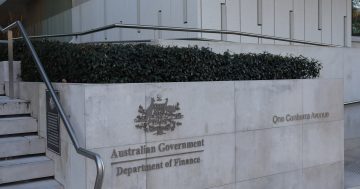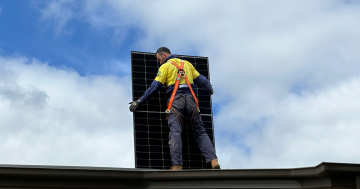At midnight while most of you slept Katy Gallagher announced that the re-opened feed in tariff scheme for rooftop solar panels had again exceeded the cap and was being shut down after just two days.
And if you missed the cutoff there’s no grandfathering like last time, even with a signed contract:
“The Government warned against re-opening the Scheme and cautioned that it would further overheat a volatile market and would provide no certainty of a continuing market to industry.
“The fact that the combined cap was reached within two days proves the point beyond any doubt.
“The Greens and the Liberals have simply created false hopes in the community and have manifestly failed to deliver the certainty to industry they claimed to be seeking,” said Ms Gallagher.
The Government originally closed the Micro Generator (up to 30kW) category of the scheme on 31 May 2011 when it exceeded its statutory cap. In closing the category the Government made an undertaking that households who had entered into formal contracts in good faith up until that time could still access the Scheme so as not to be disadvantaged.
The closure of the Scheme last night enables this commitment to be met and eligible households still have until 29 July 2011 to lodge their Special Connection Application with ActewAGL Distribution .
This arrangement does not apply to the re-opened Scheme.
The Government advised at the re-opening of the scheme that there would be no capacity for over-subscription. Therefore no further applications can be accepted, even if a valid contract has been signed.
“The Greens and the Liberals have achieved nothing but chaos. The Government warned quite clearly that re-opening the scheme did not offer transition, rather simply offered another gallop towards a new cap.
I don’t think anyone expected it to hit the cap quite so fast.















